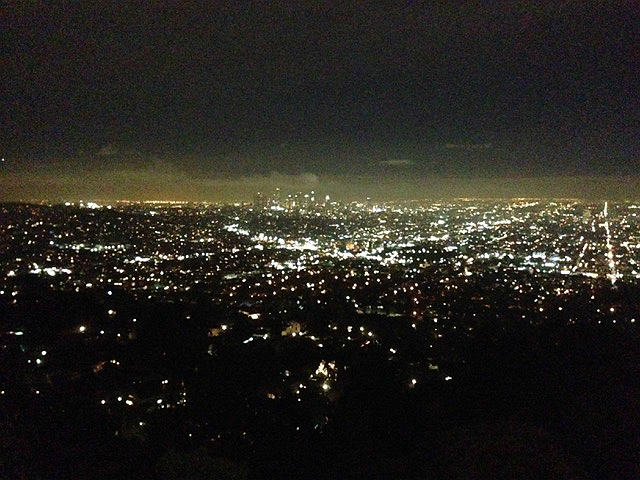I realized I was Asian when my family moved from Los Angeles to Charlotte, North Carolina.
I realized it in my third-grade classroom when my teacher conflated my culture and language with those of Kazuhide, a Japanese-American student and the only other Asian kid in the class besides for me. I’d wanted to be his friend, maybe if only for the fact that he looked like me, but after that interaction with our teacher I felt like I had to keep a distance, draw a line, remind everyone that Korean and Japanese are not interchangeable.
I realized it when I was in ballet class and felt uncomfortable doing what I’d always loved because I felt like the odd one out in a sea of blond hair and faint freckles.
In Los Angeles, I’d danced with Korean girls under the care of a Korean ballerina. I’d lived in a crumbling apartment complex in a small corner of Koreatown with a Filipina named Danica as my neighbor and playmate. At school—the school I was bused to every morning due to overcrowding and residential segregation—I played handball and hopscotch with Tatiana and Leryn, immigrants who held their national roots dear. We came from different households and cultural backgrounds, so we shared with one another rather than drew divides between each other.
It wasn’t until I got to Charlotte, the whitest place I’d ever been, that the color of my skin and my culture and the language I spoke at home and my immigrant status and the clothes I wore and the food I enjoyed put me at a disadvantage. I lacked the social and cultural and economic capital that my affluent white peers flaunted on an hourly basis without even knowing what they had. I stood out like a sore thumb, but not because of my individuality. They saw me as the Asian girl—the only one in the whole school—and my Korean heritage and personal interests became unimportant and unrecognizable.
Isolation and ostracism bred assimilation. When I hit middle school, I realized that if I changed one thing or another, I would fit in more. So I dressed a little differently, and spoke a little differently for the sake of avoiding the stinging discomfort of being put in the spotlight as the one who doesn’t belong.
In some ways, I still dress and speak in the way I taught myself to in order to survive middle school. I wish that I could shake that part of me, but that past shapes who I am today. I like to sit back and reminisce about my childhood in LA and imagine how different my life would be. Perhaps I wouldn’t have quit ballet, something I regret to this day. I might have retained more of my Korean language skills, learned more about my heritage. But perhaps I would have grown complacent, never found solidarity with Asian-Americans and people of color.
My life might have been different in a number of ways, but in reality, nothing would have shielded me from the hegemony of whiteness and the trope of the other that’s woven into American institutions. Because I faced it in daily interactions.
I was the other when the girl on the beach asked me, “Do you even get sunburn?” as if I am non-human because I am non-white.
Or when someone asked, “Were you in one of those ethnic dances?” because she couldn’t distinguish between the bhangra dance and Ghanaian choreography and thought, because I’m not white, I must have performed in one of the above.
I had to navigate my identity and learn to love my roots because I was forced to reclaim them and hold on to them for dear life.



